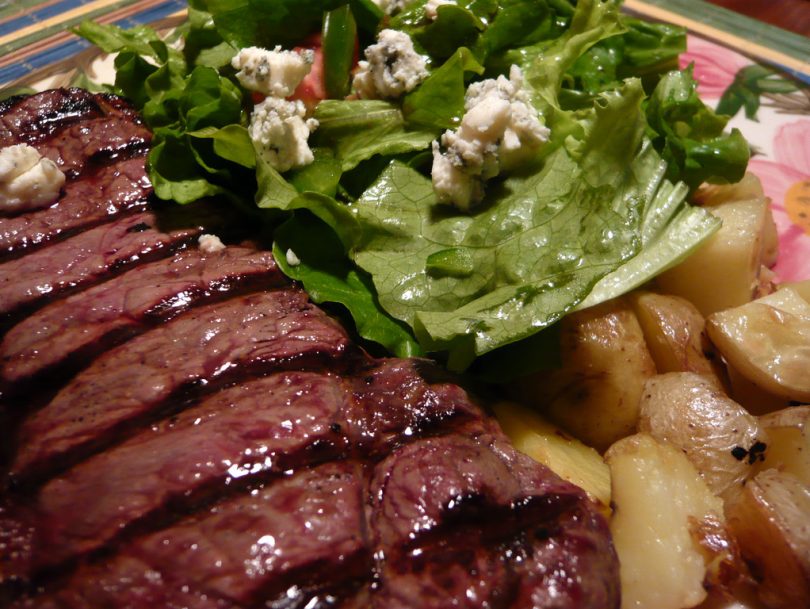Written by Shawn Radcliffe
A new study confirms the link between eating red meat and the risk of developing type 2 diabetes mellitus.
[dropcap]With summer almost upon us, backyard grills everywhere will soon be filled with juicy cuts of steak. But if you’re looking to reduce your risk of diabetes, it may be best to steer clear of red meat, say researchers from Singapore.[/dropcap]By analyzing data from three Harvard University studies, the researchers confirmed what previous research has found—eating beef, pork or lamb may increase your risk of developing type 2 diabetes, a condition that affects about 24 million Americans.
The new study, published in JAMA Internal Medicine, built on previous research by following the changes to the diets of over 149,000 U.S. men and women. Rather than just asking people at the beginning of the study about their eating habits, researchers checked in with the participants every four years using a food questionnaire.
Red Meat Increases Risk of Diabetes
With this new level of detail, researchers found that eating an additional half a serving per day of red meat increased the risk of developing type 2 diabetes by 48 percent over the next 4 years.
Cutting back on those juicy cuts of steak, however, seemed to help. People who decreased their red meat consumption by half a serving per day over the first four years of the study had a 14 percent lower risk of type 2 diabetes throughout the rest of the study.
A serving of red meat (without the bones) is 3 ounces, roughly the size of a deck of playing cards.
The researchers also found that eating more red meat was linked to weight gain, one of the risk factors for developing type 2 diabetes. This change in weight, however, wasn’t the sole reason for the increased diabetes risk, leaving red meat to take some of the blame directly.
Lifestyle Changes Reduce Risk of Diabetes
The researchers point out in their paper that the study doesn’t prove that eating red meat causes diabetes, but it does add to a growing body of research that supports a connection between diet and this condition, which is the seventh leading cause of death in the U.S. and can cause stroke, blindness and chronic kidney disease.
They say that the strong connection found in the study, however, is enough to warrant people cutting back on their consumption of beef, pork or lamb.
Some researchers, however, question whether eating less “red meat” is the answer, given that the term is not a very clear scientific definition of meat’s characteristics.
“It is not the type of protein (or meat) that is the problem: it is the type of fat,” said William J. Evans, PhD, from Duke University, in a related commentary in the same journal.
He suggests that people who are concerned about their risk of type 2 diabetes focus on eating “high-quality protein that is low in total and saturated fat,” including:
- low-fat cuts of red meat
- fish
- poultry
- low-fat dairy products
- beans and legumes
- high-protein grains.
These simple dietary changes, along with maintaining a healthy weight and staying physically active can reduce the risk of developing type 2 diabetes by as much as 60 percent, according to the Centers for Disease Control and Prevention.
If you have already stocked up on charcoal, don’t worry about having to turn off your grill for the summer. As long as you avoiding the fatty options, you can have your meat and eat it, too.


